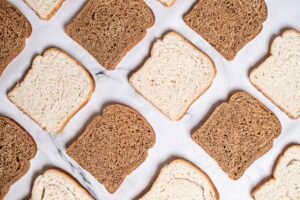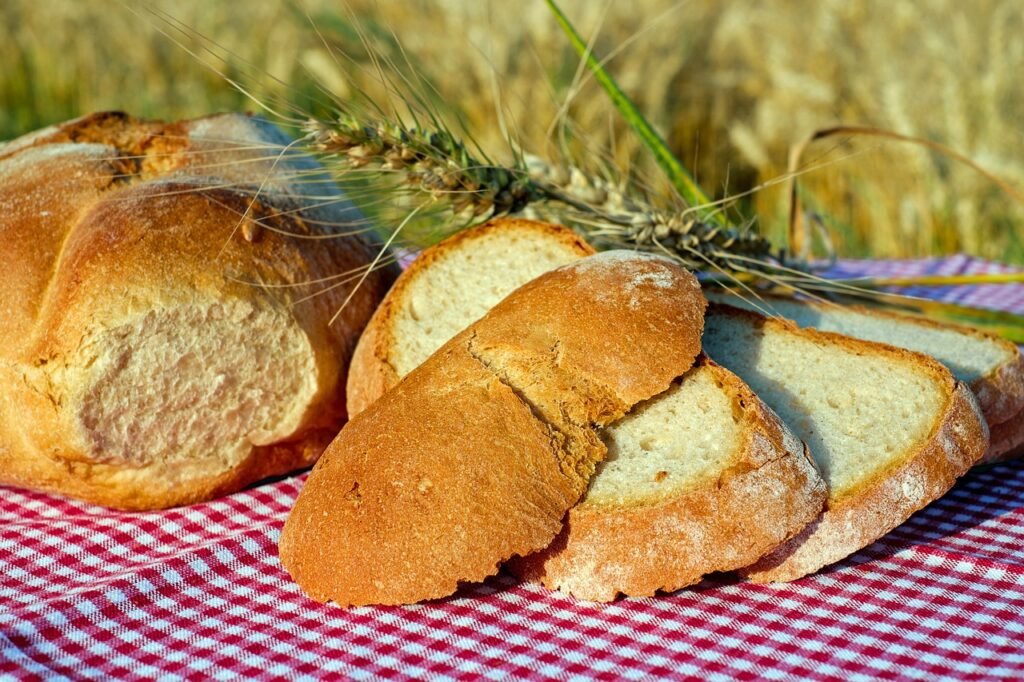
Our Journey: Building a Social Enterprise with Purpose
Starting Regained Foods LTD wasn’t just about launching a business; it was about answering a

Food waste is one of the most pressing environmental and economic challenges of our time. We often hear about surplus supermarket stock, leftovers, and spoiled produce being discarded, but there’s a silent contributor hiding in plain sight: bread crusts.
Yes, you read that right. The end slices of your bread loaf, are one of the most overlooked sources of household food waste. While many sustainability conversations focus on large-scale waste, we need to look at everyday habits that contribute to the problem. And, as surprising as it may sound, how bread is designed could be making things worse.
For decades, bread has been made in the same shape: a rectangular loaf with end slices that are slightly firmer, crustier, or sometimes perceived as less desirable compared to the soft middle slices. Our research has found that:
According to the UK flour Mill, about 11 million loaves are sold each day across the UK, because I love Maths Problems, I decided to do a rough estimate assuming only 20% of household throw away their bread crust (because not every bread sold comes with end slices), how many bread crusts are thrown out in a day? Guess what, a whooping 4.4 million slices every day!!! That’s a staggering amount of food loss just from something most of us don’t think twice about! 🍞😞
Why do we avoid bread crusts?
🥖 Texture? They’re firmer and feel different from the soft middle slices.
🥖 Taste? Some people think they taste slightly drier or tougher.
🥖 Habit? We’ve grown up skipping over them, so we just keep doing it.
Most of us were taught that food waste happens when people buy too much or forget to eat what’s in their fridge. But what if some food waste isn’t just a consumer problem—but a product design problem? Think about it: if the first and last slices of a loaf are rarely eaten, why not design bread differently?
One idea is for bakeries to remove the end slices at the production stage and repurpose them into other food products—like breadcrumbs, croutons, or even use them back into baking the next batch. Instead of us having to decide what to do with those slices, they could be put to good use before they even reach our homes.
And guess what? Most people in our study said they would actually buy a loaf of bread without the end slices—if they knew those slices were being reused instead of wasted!
There’s already a growing movement around upcycling food waste—turning things that might get thrown out into something valuable. Some businesses are already using leftover bread to make beer, snacks, and even pasta.
So why not do the same with bread’s end slices? Removing and reusing them at the bakery stage could be a win-win: we get bread in the way we actually eat it, and we stop throwing away perfectly good food.
While we push for industry innovation, there are small steps you can take today to minimize bread waste at home:
🥖 Repurpose the end slices: Use them for breadcrumbs, toast, sandwiches, dipping into soups or even feeding the birds.
🥖 Choose upcycled products: Support brands that are working to reduce food waste.
🥖 Talk about it! Spread the word about food waste and how small changes can make a big impact.
Bread is such a simple, everyday food, yet the way we eat it—and don’t eat it—has a big impact. If bakeries and food brands rethink how they produce and package bread, we could dramatically reduce food waste without changing how we eat.
So, the big question is: Will the food industry listen to what consumers really want? Or will we continue tossing millions of perfectly good slices every single day?
What do you think? Would you buy bread without the first and last slices if they were repurposed sustainably? Or do you already have a clever way to use them at home? Take our survey and contribute to our research.

Starting Regained Foods LTD wasn’t just about launching a business; it was about answering a

At Regained Foods, we’re on a mission to reduce food waste and promote sustainable consumption
Regained Foods LTD is a modern, purpose-driven business aimed at reducing food waste. Our passion for food and the planet guides everything we do.

